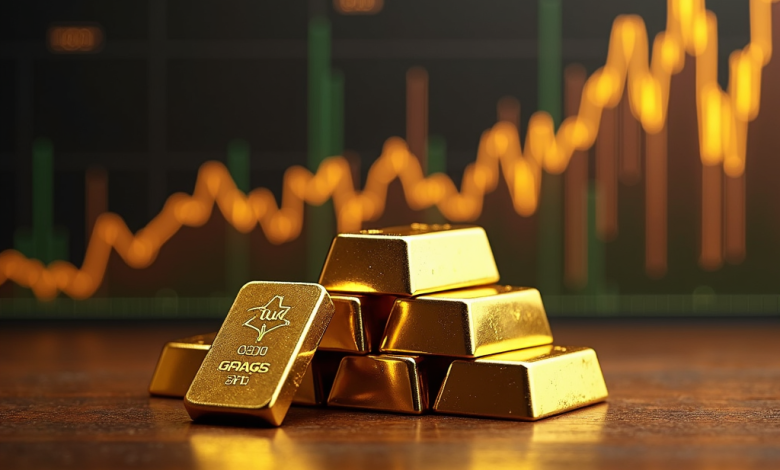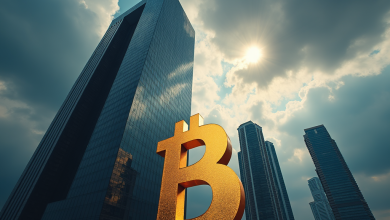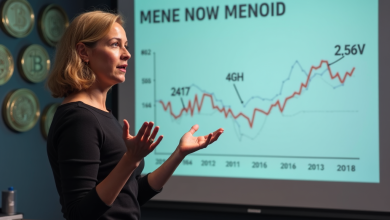Gold Prices Soar Past $3,000: A Historic Milestone

Historic Surge: Gold Prices Exceed $3,000 Per Ounce
Gold prices surged to a historic milestone on Monday, surpassing $3,000 per ounce for the first time ever. This record-breaking ascent has been driven by substantial central bank buying, geopolitical uncertainties, and a robust investor demand for safe-haven assets. Renowned economist and gold advocate Peter Schiff commemorated this moment by promoting his Bitcoin-based non-fungible tokens (NFTs), igniting discussions regarding the intersection of traditional and digital assets.
The Factors Behind Gold’s Record High
Gold prices have achieved a remarkable landmark, exceeding $3,000 per ounce for the first time. This unprecedented increase is the result of several interconnected factors that have amplified demand for the precious metal. Central banks globally have sharply escalated their gold acquisitions, purchasing over 1,350 metric tons in just 2024 alone, as noted in historical analyses. Nations such as China and India are at the forefront of this trend, seeking to mitigate their dependence on the U.S. dollar amid ongoing geopolitical uncertainties and currency fluctuations, as highlighted by market reports. This surge in demand comes at a time when escalating trade tensions and inflation fears have further enhanced gold’s status as a safe-haven asset.
The acceleration in gold prices has been striking both in its speed and magnitude. Over a mere 210 days, gold price surged from $2,500 to $3,000 per ounce—a remarkable acceleration compared to historical trends, where similar price shifts typically took years to occur, as discussed in recent market insights. This rapid growth underlines increased investor anxiety regarding global economic instability, which is being exacerbated by tariff policies and recession fears.
In a noteworthy fashion, Peter Schiff marked this momentous occasion by promoting his ‘Golden Triumph Ordinals,’ a collection of Bitcoin-based NFTs. Interestingly, Schiff has been a vociferous critic of cryptocurrencies like Bitcoin, as seen in economic discussions. However, he has leveraged blockchain technology for these NFTs, emphasizing their scarcity in stark contrast to Bitcoin itself. This promotion reflects an intriguing confluence between traditional assets such as gold and the burgeoning field of digital technologies.
Looking to the future, industry analysts foresee sustained upward momentum for gold prices, driven by ongoing central bank purchases and persistent geopolitical risks. Some forecasts suggest that prices may escalate even further—potentially reaching $4,000 per ounce—as investors increasingly gravitate towards stable assets amidst market volatility, as predicted by financial experts.
Conclusion: A New Era for Gold Investment
The unprecedented rise of gold above $3,000 per ounce marks more than just a financial achievement; it epitomizes the evolving global economic landscape characterized by uncertainty and strategic hedging against risk from both institutions and private investors alike. As central banks continue their aggressive acquisition strategies coupled with a growing appetite from individual investors seeking stability amid inflationary pressures and geopolitical turmoil, the outlook for gold appears exceedingly bright. Moving forward, the challenge lies in not only monitoring these developments but also in understanding how they will shape investment strategies in a rapidly changing financial ecosystem. Those who can navigate this complex landscape adeptly will find ample opportunities for growth and security in the world of gold investment.




